A blog celebrating the diversity of the family Orchidaceae.
Don't wanna be here? Send us removal request.
Text
Hey guys, I’m just letting you know that everyone’s favorite nature blog Rhamphotheca unfortunately got taken down today . But don’t worry! Paxon is still around!! Go refollow him here! Do it like right now…
189 notes
·
View notes
Text
Hey there!
There’s been a spike in notes today (thanks indefenseofplants!) that’s convinced me that I should get this blog going again. But before that happens, I’d really appreciate some feedback from you! What sort of orchids do you want to see more of? What information should I include with the photos?
10 notes
·
View notes
Photo
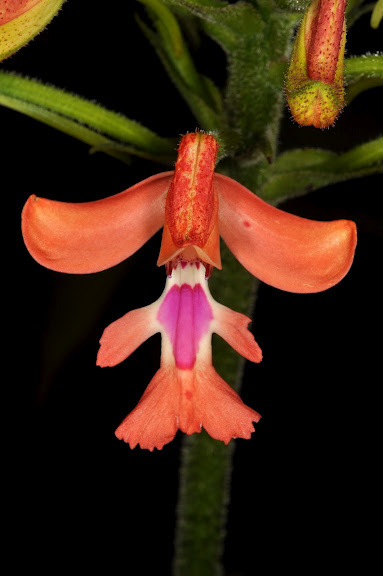

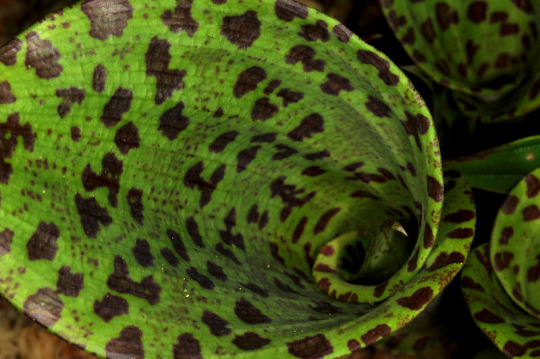
Cynorkis gibbosa, native to Madagascar. Photographs by Ron Parsons.
50 notes
·
View notes
Photo

Glossodia major, also known as the waxlip orchid or parson-in-the-pulpit, native to Australia, where it can be found growing in the states of Queensland, Victoria, New South Wales, South Australia and Tasmania. Photographed in situ by Eric Hunt in the Mount Beckworth Scenic Reserve, Victoria, Australia.
26 notes
·
View notes
Photo

Cymbidium tracyanum, native to China, Thailand and Myanmar, where it can be found growing as an epiphyte or lithophyte from 1200 to 1900 meters in elevation. Photograph by Eric Hunt.
23 notes
·
View notes
Photo

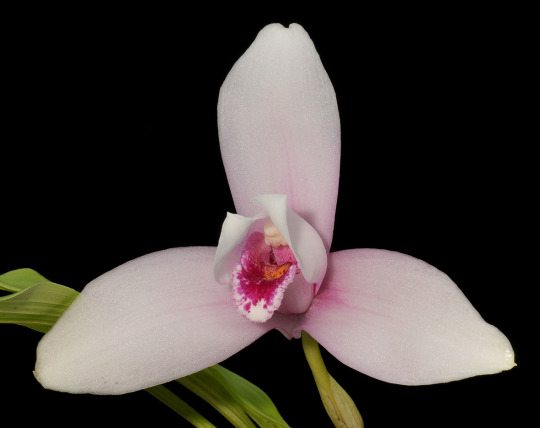
Lycaste skinneri, native to Mexico, Guatemala, Honduras and El Salvador; it is the national flower of Guatemala, where it is known as monja blanca, which translates into English as "the white nun." It grows from elevations of 1200 to 1800 meters. Photographs by Rogier van Vugt.
42 notes
·
View notes
Photo
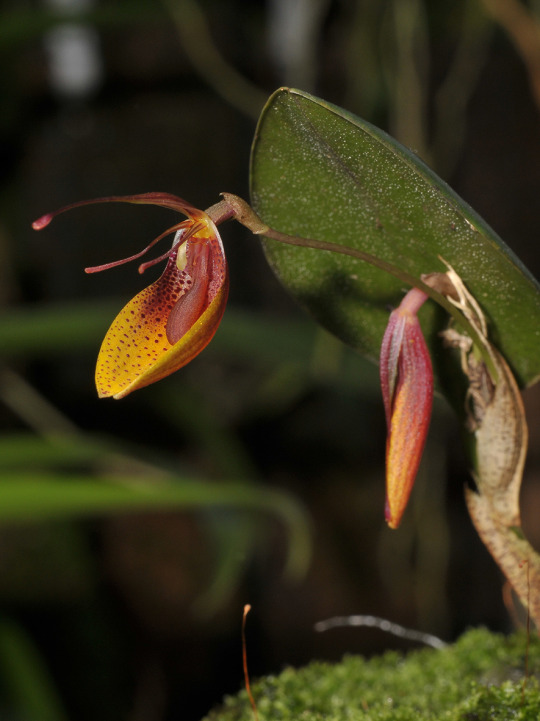
Restrepia mohrii, native to Ecuador and northern Peru, where it can be found growing at elevations around 1400 to 1750 meters. Photograph by Rogier van Vugt.
27 notes
·
View notes
Photo
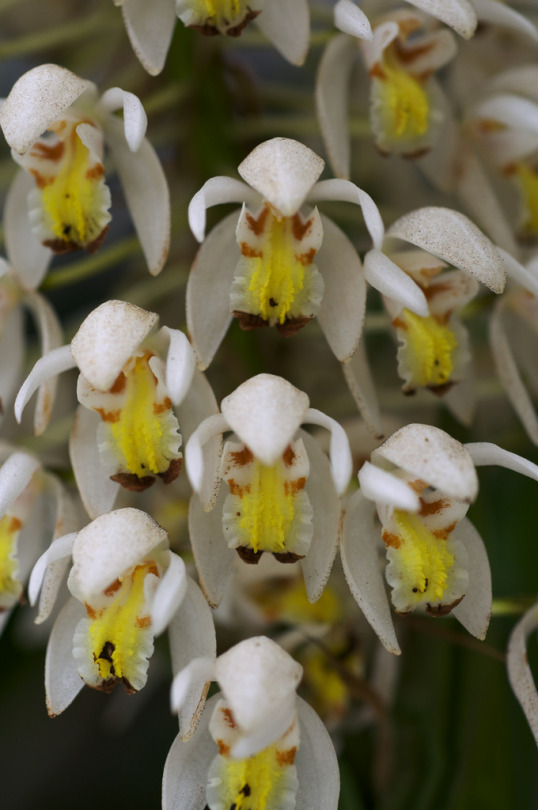
Coelogyne multiflora, native to Sulawesi, where it grows around 1200 meters in elevation. Its flowers are fragrant and are said to smell of freshly cut ginger. Photograph by Eric Hunt.
27 notes
·
View notes
Photo
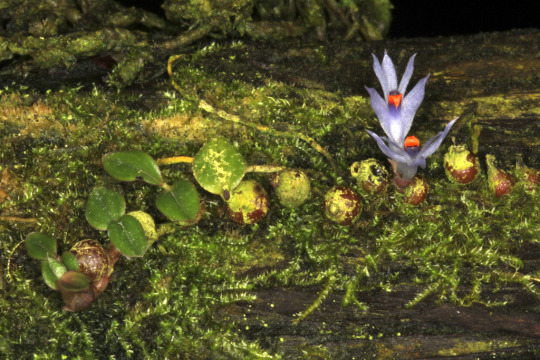
Dendrobium parvulum, native to Sulawesi, Celebes and Papua New Guinea, where it grows from 900 to 1200 meters in elevation. The specific epithet translates to "very small" or "tiny" which, as you can tell from the photograph, is quite accurate! Photograph by Steve Beckendorf.
34 notes
·
View notes
Text
Finals...
Posts will resume on the 8th!
3 notes
·
View notes
Photo

Dendrobium amethystoglossum, native to the island of Luzon in the Philippines, where it can be found growing on mossy limestone cliffs around 1400 meters in elevation. Inflorescences generally arise on leafless canes and bear fragrant flowers. Photograph by Ron Parsons.
51 notes
·
View notes
Note
Do you have any idea why many orchids seem to have reddish/yellow/orange petals with brown speckles? Is that some sort of convergent evolution? On the request side, do you have a nice photo of Dendrobium amethystoglossum?
I am not sure what animals pollinate these orchids with the color combination you describe. However, if they're all pollinated by the same animal (my guess is that they could be pollinated by bees), then convergent evolution is plausible. They could be exploiting a sensory bias of the animal to lure them to the flower and get them to pick up/deposit the pollinia. And your request is on its way!
1 note
·
View note
Photo
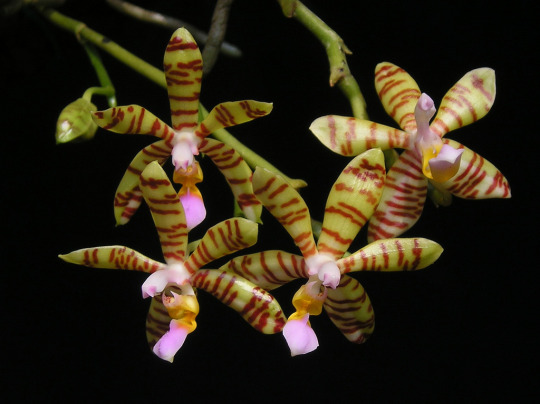
Phalaenopsis fasciata, native to the Philippines. The flowers produced by this species are long-lasting, waxy and fragrant; inflorescences are able produce flowers for years. Photograph by epicphals.
45 notes
·
View notes
Photo
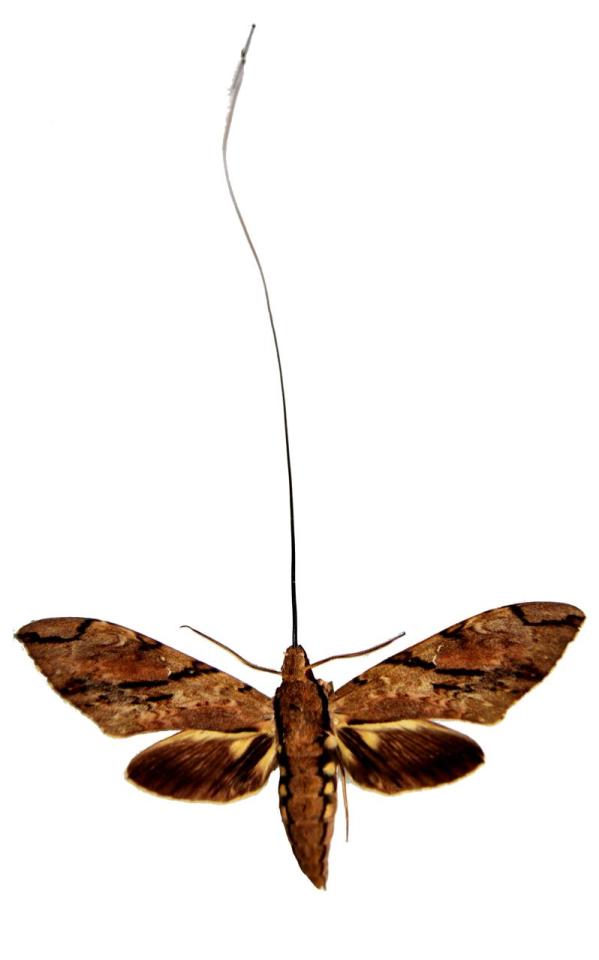
To celebrate the 100th post, I chose to post about the moth which Charles Darwin predicted after observing the flower of the Madagascan orchid Angraecum sesquipedale in 1862. The specific epithet translates from Latin to "one and a half feet", referring to the "astonishing length" of the spur of the flower. He believed that a flower with a spur so long would have a pollinator with an equally long proboscis. It was not until 1903 that the pollinator, Xanthopan morgani, was described, some 41 years later. Photograph by kqedquest.
87 notes
·
View notes
Photo

Rhynchostylis gigantea, native throughout southeast Asia; it grows in decidous, seasonally dry forests from sea level to around 700 meters in elevation. Photograph by Luiz Filipe Varella.
283 notes
·
View notes
Photo
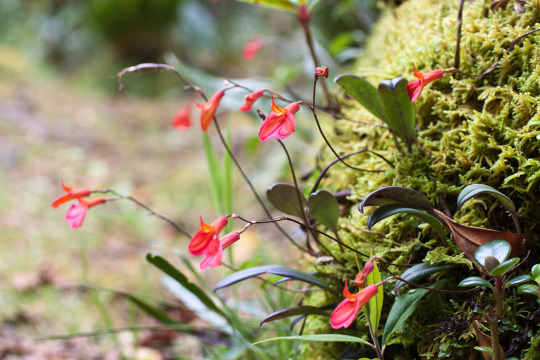
Masdevallia racemosa, classified as Spectaculum racemosum by Dr. Carlyle Luer, is native to southern Colombia. It is found there in paramo and sub-paramo conditions, that is, in cold conditions at very high elevations. Photograph by Sebastián Vieira.
51 notes
·
View notes
Photo

Aerangis fuscata, an epiphyte native to Madagascar, where it grows on twigs and branches of shrubs and small trees from sea level to 2350 meters in elevation. Photograph by Ron Parsons.
15 notes
·
View notes